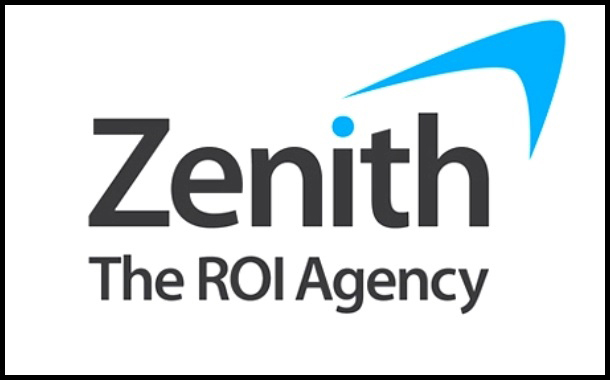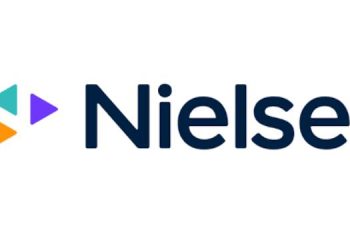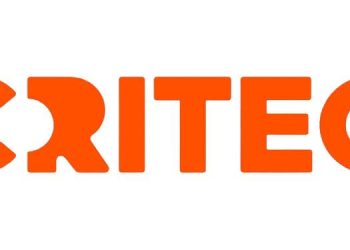Zenith predicts that global ad expenditure will grow 4.4 percent in both 2016 and 2017, reaching $566 billion by the end of next year.
The 2017 forecast is down by 0.1 percentage point from the forecasts published in September, after small downgrades in the Asia Pacific (which still remains one of the fastest growing regions for ad expenditure).
The forecast of 4.4 percent format 2017 as at the same rate estimated for 2016. This is a strong performance, Zenith said, given that the unexpected results of the U.K.’s referendum on EU membership and the U.S. presidential election have increased political uncertainty and raised the risks of restrictions to international trade. Next year also faces a tough comparison with the quadrennial year of 2016, when spend included the U.S. elections, Summer Olympics and European football championships, as it is every four years.
The U.S. will the leading contributor of new ad dollars to the global market over the next three years. China will come second. Between 2016 and 2019, Zenith forecasts global advertising expenditure to increase by $73 billion in total. The U.S. will contribute 28 percent of this extra ad expenditure and China will contribute 25 percent, followed by Indonesia, the U.K., and India and the Philippines, which will each contribute 4 percent.
Five of the ten largest contributors will be “rising markets,”—everywhere outside of North America, Western Europe and Japan— and between them they will contribute 38 percent of new adspend over the next three years.
Western and Central Europe as a region is expected to see adspend growth of 3.9 percent a year on average. The U.K., the stand-out growth market for the last four years, is now slowing down. Zenith forecasts 5 percent growth in U.K. adspend this year, down from 9.2 percent in 2015, and 3 percent to 4 percent growth to 2019. Adspend in Eastern Europe and Central Asia is expected to grow 1.4 percent in 2016, after 7.3 percent decline in 2015, and then pick up to an average of 6.3 percent a year for the rest of the forecast period. Japan will see adspend growth of 1.8 percent a year between 2016 and 2019, after 1.3 percent growth this year. Zenith characterizes “Advanced Asia” as Australia, New Zealand, Hong Kong, Singapore and South Korea, and is forecasting growth to slip back to 1.4 percent in 2016. After this year, the firm expects Advanced Asia to maintain a growth rate averaging 2.6 percent a year through to 2019. “Fast-track Asia” (China, India, Indonesia, Malaysia, Pakistan, Philippines, Taiwan, Thailand and Vietnam) will see ad expenditure increase 9.3 percent in 2016, and at an average rate of 8 percent a year between 2016 and 2019, down from 10.8 percent a year between 2011 and 2016.
North American adspend is estimated at 4.3 percent growth in 2016, and by 3.4 percent a year for the rest of the forecast period. In Latin America, advertising expenditure is expected to shrink 0.7 percent in 2016, down from 6.3 percent growth in 2015, followed by mild recovery to 2019, with an average of 1.7 percent growth a year. Zenith forecasts an 11.8 percent drop in adspend in MENA this year, followed by further declines of 7.3 percent in 2017, 4.2 percent in 2018 and 3 percent in 2019, averaging out at a 4.9 percent annual decline to 2019.
The internet remains the fastest growing medium by some margin. It is estimated that internet adspend has grown 16 percent year on year in 2016, and Zenith forecasts an average growth rate of 11 percent a year between 2016 and 2019. By 2019, the firm expects internet advertising to attract 41.4 percent of all global advertising, after overtaking television to become the world’s largest advertising medium in 2017.
Television is currently the dominant advertising medium, attracting 36 percent of total spend this year. Zenith believes that TV’s share peaked at 39.4 percent in 2012, and by 2019 expects it to fall back to 32.7 percent, its lowest share since 1990. One of the reasons for television’s loss of share, according to Zenith, is the rapid growth of paid search, which is essentially a direct response channel (together with classified), while TV is the pre-eminent brand awareness channel.

















